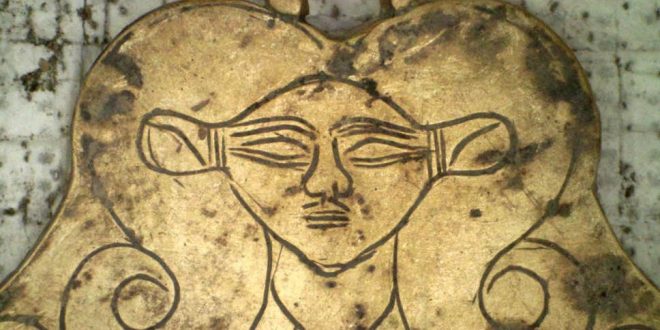Discovery near palace featured in Homer’s Odyssey points to town having been more significant than previously thought
Two royal tombs dating back some 3,500 years and containing a hoard of revelatory ancient artefacts have been uncovered near a famed Mycenaean-era palace in southern Greece.
The country’s culture ministry announced the opulent Bronze Age tombs had been found in Pylos, near the site of King Nestor’s vast palace, which features in Homer’s Odyssey.
“Like with the Griffin Warrior grave, by the end of the first week we knew we had something that was really important,” said Dr Sharon Stocker, who supervised the excavation. The head of UoC’s classics department, Professor Jack Davis, added: ”It soon became clear to us that lightning had struck again.”
Another find – a golden seal ring depicting two bulls flanked by sheaves of barley – could well be a unique discovery.
The wealth buried in the tomb suggests inhabitants of rare esteem.
The honeycomb-shaped burial sites are known as tholos tombs – huge, domed underground constructions reserved for Mycenaean royalty that could reach roughly 15 metres in height.
“I think these are probably people who were very sophisticated for their time,” Dr Stocker said. “They have come out of a place in history where there were few luxury items and imported goods. And all of a sudden at the time of the first tholos tombs, luxury items appear in Greece.
“You have this explosion of wealth. People are vying for power. It’s the formative years that will give rise to the Classic Age of Greece.”
And the discovery suggests Pylos may have played a larger role than previously thought.
“If you look at a map, Pylos is a remote area now. You have to cross mountains to get here. Until recently, it hasn’t even been on the tourist path,” Dr Stocker said.
“But if you’re coming by sea, the location makes more sense. It’s on the way to Italy. What we’re learning is that it’s a much more central and important place on the Bronze Age trade route.”
The Independent
 Lebanese Ministry of Information
Lebanese Ministry of Information



